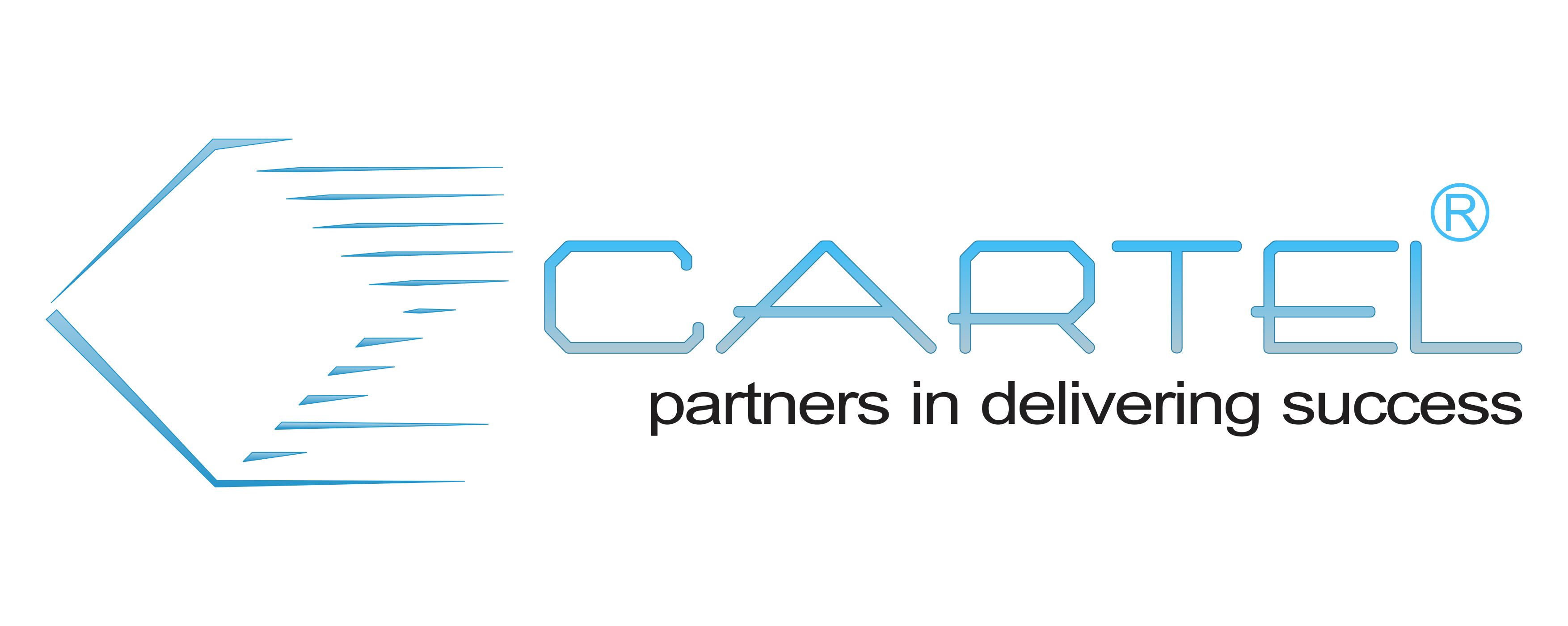JNCIS-QF (Juniper Networks Certified Internetwork Specialist – Q Fabric)
Course Details
QFabric System Concepts
– Components and architecture
– Control/data plane connections
– Software architecture and components
– System
– QFabric protocols
– Pre-installation considerations
System Setup, Configuration and Troubleshooting
– System
– Initial configuration (e.g., node
– Interfaces and
– Data/control plane
– Discovery
– Interface/
– System
– System processes and
– Data/control plane
– Troubleshooting tools – logs, traceoptions, Fabric Analyzer, Fabric Ping and Traceroute, Analyzer, ‘
– Core
– System-specific IP address and subnet assignments
Layer 2 Operations and Troubleshooting
– VLAN tagging, LAGs, STP
– Connection
– Route exchange
– Traffic flow and packet forwarding
– Interfaces and VLANs
– RSTP
– L2 protocol issues
– Traffic flow issues
Layer 3 Operations and Troubleshooting
– L3 interfaces and LAGs
– Routing (static, OSPF, BGP)
– Route and address resolution
– Traffic flow and packet forwarding
– Interfaces and RVIs
– Static routes, routing protocols
– L3 protocol issues
– Traffic flow issues
Data Center Storage Fundamentals
– Storage options
– Deployment options and considerations
– Storage device types
– Storage access protocols
– Priority-based flow control (PFC)
– Enhanced Transmission Selection (ETS)
– Quantized Congestion Notification (QCN)
– Configure and monitor FCoE for a QFabric system
– Interfaces and VLANs
– FCoE interfaces and fabrics
– Protocols
– Device login issues
– Class of service issues
– Traffic flow issues
– Performance issues
– Protocol issues
